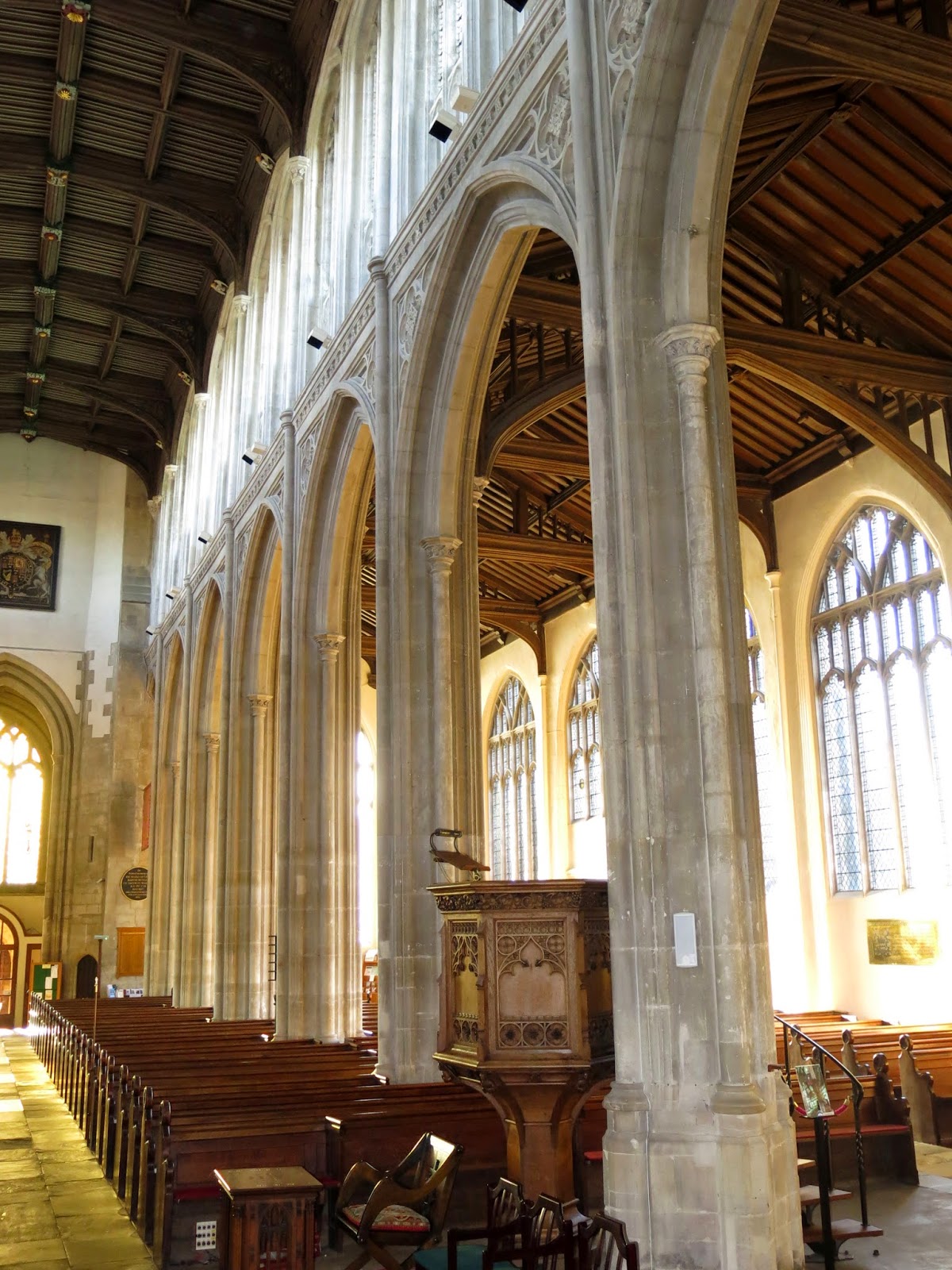Jesus College
Spring in the College Gardens
Having a full day in Cambridge before taking the night ferry
to the Netherlands, I took full advantage of that one day. It was Ash
Wednesday, and Evensong at St. John’s College Chapel was earlier as it was a
live broadcast for BBC 3. What joy! It was a cold but beautiful sunny day, and
the long wait before the service was in the chapel. What a privilege to be
present at the Evensong. I have never heard such a pure Miserere (Allegri), nor
such moving solos in Weelkes’ Sixth Service. The anthem by Byrd and even a hymn
the congregation could join in, the whole service filled me with joy and a
feeling of peace.
Here are some pictures of the entrance gate of St. John’s
College in golden light of the setting sun, and of some young choristers in
their uniforms, ready to go home for half term.
St. John's Street
Young choristers after the servive leaving for home
Evening light on St. John's College Gate
.JPG)
.JPG)
.JPG)
-001.JPG)
-001.JPG)
.JPG)











































